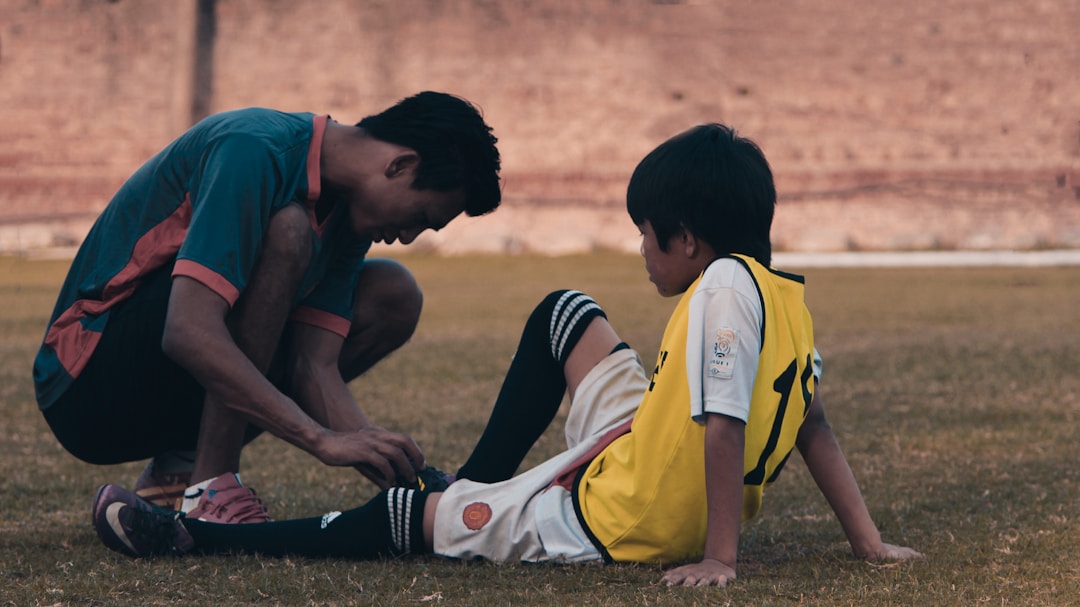Pain management is a crucial task in the daily life of so many Americans. Dealing with aches, injuries, and general pain has become a modern-day necessity, and common injuries to the average citizen are growing more severe and pervasive among the population.
Runners, athletes, and gym-goers know the importance of physical therapy, joint and tendon health, and the debilitating effects of inflammation. Common gym injuries, like a torn ligament or a slipped disc, can force workouts to be put on hold for weeks or even months for those who don’t understand the nature and needs of their injuries. While chronic pain is, unfortunately, a part of many lives (for workout fanatics and those who shy away from exercise alike) many people who suffer from these same types of issues don’t know how to take steps to rectify the elbow, spine, or back pain that is cutting into their productivity, happiness, and relaxation.
Fortunately, pain management doesn’t have to be a constant struggle. With a few key inclusions and a learning opportunity like minimally invasive pain management education courses or educational content online, managing elbow inflammation, hip stiffness, or rotator cuff strain can become second nature to you.
Know your body.

This is perhaps the most important aspect of dealing with chronic pain and the additional symptoms that can arise while experiencing this issue. Runners and athletes often speak about understanding the limitations and abilities of their own bodies, but this concept is rarely explored below the surface.
While humans are the product of a magnificent feat of evolution that created us as apex hunters, strategists, and tool makers, the rigorous lifestyle necessities of ancient humans still took their toll. The same holds true today. While modern challenges are certainly different, the constant series of shocks to the system that we experience in modern life can be detrimental to these bodies that are so essential to everything else that we enjoy doing.
With all this being said, the body is a fascinating object that can provide the feedback you need to make smarter choices without a conscious effort. Aches, pains, and inflammation are all signs of a lingering issue that your ankle, shoulder, or hip is signaling to your conscious brain. Pain signals that the repetitive movements you’re engaging in are unhealthy, whether it’s the runner’s knee or a strain in the back of the thigh.
Muscle tension and other small sores are the product of regular use, but larger signs of trauma to the body are obvious and persistent. Listen to your body in order to make smart decisions when it comes to exercise, overuse, and relaxation time in order to continue managing daily life and the aches that can sometimes come along with it.
Employ natural remedies for long term health.

A visit to a massage therapist or your local spa offers excellent ways to lock in the health benefits of natural remedies to pain without the reliance on medication or other chemical solutions. Joint or tendon pain often stems from a simple case of overuse. This is particularly prevalent in those who don’t exercise much and recently moved. It can also be seen frequently in high-caliber athletes who’ve just moved up a class (say from JV to the Varsity squad) and have turned up the pressure on themselves to perform. A massage session or spa treatment can act as a reset button for your tired muscles and ligaments. Taking the time to relax and enjoy this natural release of toxins from your body is a great way to speed up the healing process that will see you back in action in no time.
Many strain-related issues stem from a new use case that has placed a unique pressure on a lightly used muscle fiber, tendon, or joint. Whether this comes in the form of a unique day of physical exertion or a new way of deploying your body to keep up with new external factors, the results are the same.
Watch out for severe injuries.

While a great many progenitors of chronic pain start with overuse, some aches are the product of a serious injury (such as a hamstring tear, broken hip, groin pull, or one of many knee injuries). Knee injuries are particularly nasty in this regard because the structure of the joint can allow for your body’s most developed muscles to pick up the slack of a ruptured ACL or other tendons. With a multi-tendon tear, you will see a direct and immediate change in gait and power, but with less substantial (but still severe) injuries, this isn’t always so clear.
Severe injuries can place you out of the game for many months at a time. For those in the sporting world, this can be a serious blow to your mental health and overall happiness in the short term. For those in other walks of life, a severe injury can spell disaster for your ability to remain mobile and active in the tasks that your daily routine requires.
Thankfully, the vast majority of pain is a result of minor strains, bumps, and bruises. Tending to yourself takes a concerted effort at listening to your body and its needs, then responding with high-quality remedies that make a world of difference.






